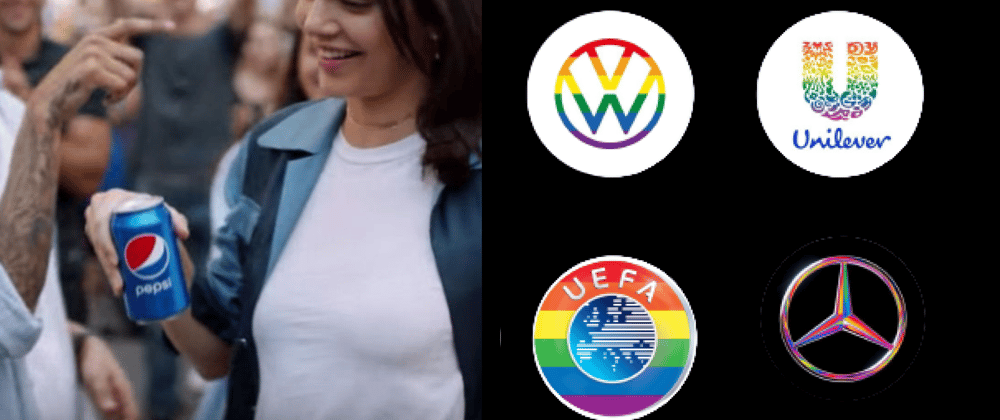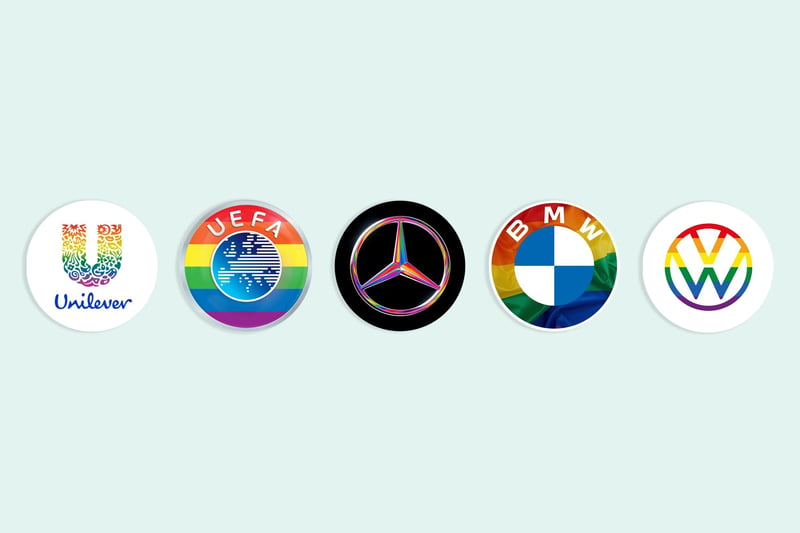Corporate cringe is a term that has gained popularity in recent years, particularly on social media platforms like Twitter and LinkedIn. It refers to the often awkward and cringe-worthy attempts by corporations to appeal to younger or more diverse audiences through marketing campaigns, social media posts, and other public relations efforts. This can range from tone-deaf language and pandering to cringey memes and attempts to co-opt popular cultural references.
At its core, corporate cringe stems from a lack of authenticity and a misunderstanding of the target audience. When companies try too hard to be cool or relatable, it can come across as disingenuous and even offensive. This is especially true when the corporation in question has a history of unethical practices or has been on the wrong side of social justice issues.
One example of corporate cringe that gained widespread attention was Pepsi's 2017 ad featuring Kendall Jenner, which attempted to co-opt the Black Lives Matter movement for commercial gain. The ad was widely criticized for its tone-deafness and sparked a backlash on social media, eventually leading to its removal.
Another example is the recent trend of corporations adding rainbows and other symbols associated with the LGBTQ+ community to their logos during Pride Month, without actually taking meaningful action to support the community or address issues like workplace discrimination.
So, what can companies do to avoid corporate cringe? The key is to approach marketing and public relations with authenticity and a genuine desire to connect with the audience. This means doing the hard work of understanding the values and concerns of the target demographic, rather than relying on surface-level stereotypes and assumptions.
It also means being willing to take a stand on social justice issues and making real changes within the company to support diversity, equity, and inclusion. This can include everything from diversifying leadership and hiring practices to supporting social justice causes through philanthropy and advocacy.
Finally, it's important for companies to be humble and willing to listen to feedback, even when it's critical. Social media has given consumers more power than ever before to hold corporations accountable, and companies that ignore or dismiss criticism are likely to be met with even more backlash.
In conclusion, corporate cringe is a symptom of a deeper problem in many companies – a lack of authenticity and a disconnect from the values and concerns of their target audience. By taking a more genuine and proactive approach to marketing and public relations, and by making real changes within the company to support diversity and inclusion, companies can avoid the pitfalls of corporate cringe and build a stronger connection with their customers.
What are your thoughts on the phenomenon of "corporate cringe," where companies try to appear relatable or trendy in their marketing or branding but end up coming across as inauthentic or out of touch with their target audience?





















